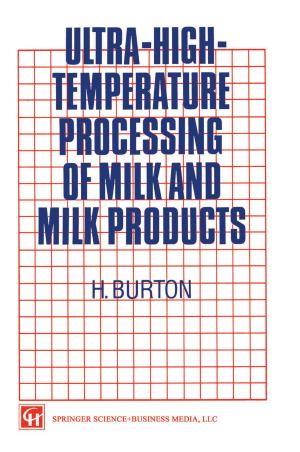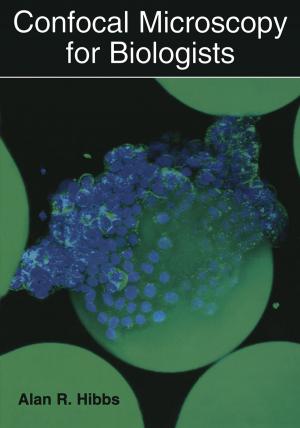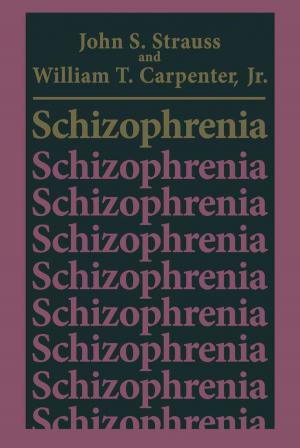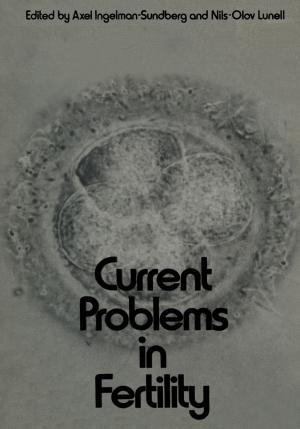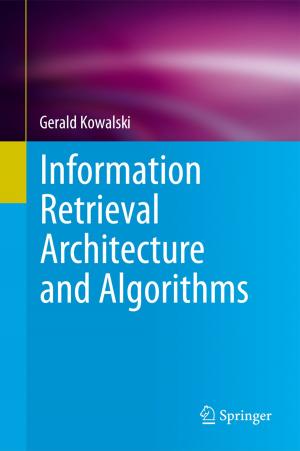Handbook of Psychopharmacology
Volume 13 Biology of Mood and Antianxiety Drugs
Nonfiction, Health & Well Being, Psychology, Psychiatry, Medical, Medical Science, Pharmacology| Author: | ISBN: | 9781468431896 | |
| Publisher: | Springer US | Publication: | December 6, 2012 |
| Imprint: | Springer | Language: | English |
| Author: | |
| ISBN: | 9781468431896 |
| Publisher: | Springer US |
| Publication: | December 6, 2012 |
| Imprint: | Springer |
| Language: | English |
Underlying the design of the Handbook of Psychopharmacology is a prejudice that the study of drug influences on the mind has advanced to a stage where basic research and clinical application truly mesh. These later volumes of the Handbook are structured according to this conception. In certain volumes, groups of drugs are treated as classes with chapters ranging from basic chemistry to clinical application. Other volumes are assembled around topic areas such as anxiety or affective disorders. Thus, besides chapters on individual drug classes, we have included essays addressing broad areas such as "The Limbic-Hypothalamic-Pituitary-Adrenal System and Human Be havior" and "Peptides and the Central Nervous System. " Surveying these diverse contributions, one comes away with a sentiment that, far from being an "applied" science borrowing from fundamental brain chemistry and physiology, psychopharmacology has instead provided basic researchers with the tools and conceptual approaches which now are advancing neurobiology to a central role in modern biology. Especially gratifying is the sense that, while contributing to an understanding of how the brain functions, psychopharmacology is a discipline whose fruits offer genuine help to the mentally ill with promises of escalating benefits in the future. L. L. 1. S. D. 1. S. H. S. vii CONTENTS CHAPTER 1 Peptides and the Central Nervous System ARTHUR]. PRANGE, ]R. , CHARLES B. NEMEROFF, MORRIS A. LIPTON, GEORGE R. BREESE, and IAN C. WILSON 1. Introduction . . . . . . . . . . . . . . . . . . . . . . . . . . . . . . . . . . . . . . . . 1 2. Hypothalamic Releasing Hormones: Animal Studies. . . . . 2 2. 1. Thyrotropin-Releasing Hormone (TRH, Thyroliberin) . . . . . . . . . . . . . . . . . . . . . . . . . . . . . . . . . . .
Underlying the design of the Handbook of Psychopharmacology is a prejudice that the study of drug influences on the mind has advanced to a stage where basic research and clinical application truly mesh. These later volumes of the Handbook are structured according to this conception. In certain volumes, groups of drugs are treated as classes with chapters ranging from basic chemistry to clinical application. Other volumes are assembled around topic areas such as anxiety or affective disorders. Thus, besides chapters on individual drug classes, we have included essays addressing broad areas such as "The Limbic-Hypothalamic-Pituitary-Adrenal System and Human Be havior" and "Peptides and the Central Nervous System. " Surveying these diverse contributions, one comes away with a sentiment that, far from being an "applied" science borrowing from fundamental brain chemistry and physiology, psychopharmacology has instead provided basic researchers with the tools and conceptual approaches which now are advancing neurobiology to a central role in modern biology. Especially gratifying is the sense that, while contributing to an understanding of how the brain functions, psychopharmacology is a discipline whose fruits offer genuine help to the mentally ill with promises of escalating benefits in the future. L. L. 1. S. D. 1. S. H. S. vii CONTENTS CHAPTER 1 Peptides and the Central Nervous System ARTHUR]. PRANGE, ]R. , CHARLES B. NEMEROFF, MORRIS A. LIPTON, GEORGE R. BREESE, and IAN C. WILSON 1. Introduction . . . . . . . . . . . . . . . . . . . . . . . . . . . . . . . . . . . . . . . . 1 2. Hypothalamic Releasing Hormones: Animal Studies. . . . . 2 2. 1. Thyrotropin-Releasing Hormone (TRH, Thyroliberin) . . . . . . . . . . . . . . . . . . . . . . . . . . . . . . . . . . .


